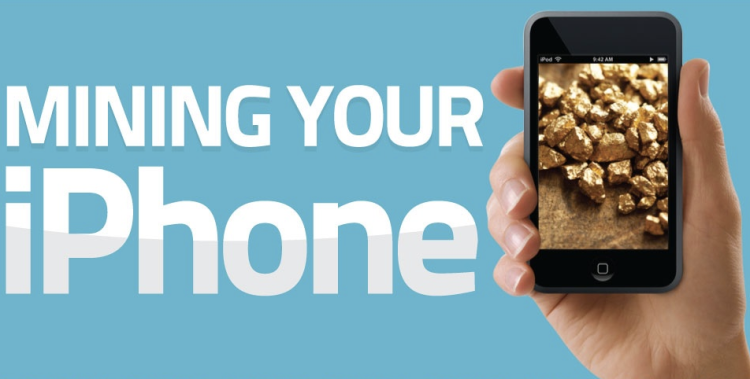 That iPhone in your hand isn’t just a complex piece of electronics. It’s also a gold mine — quite literally. And a platinum mine, silver mine, copper mine … you get the picture.
That iPhone in your hand isn’t just a complex piece of electronics. It’s also a gold mine — quite literally. And a platinum mine, silver mine, copper mine … you get the picture.
911 Metallurgist, which helps mines and recyclers extract precious metals from ore and, apparently, phones, has exhaustively checked the iPhones and other mobile devices. Each iPhone 5, for instance, contains $1.58 of gold, $.36 of silver, $.05 of platinum, and $.12 of copper.
Those numbers may sound small, but the phone holds from six to 300 times more precious metal than the equivalent amount of ore from a mine.
Also, in addition to the more familiar precious metals, smartphones also contain traces of huge swaths of the periodic table, particularly those “rare earths” that today’s electronics so depend on: Yttrium, Lanthanum, Neodymium, Gadolinium, and Europium, among others.
The problem?
“At the moment, there are no really good environmentally friendly methods available to mine and to recycle rare earths,” says Swedish University of Technology prof Christian Ekberg.
So less than one percent of the precious rare earths used in today’s phones are recycled — even though we appear to be running out of good sources for these vital materials.
Here are all the details, in visual form:



